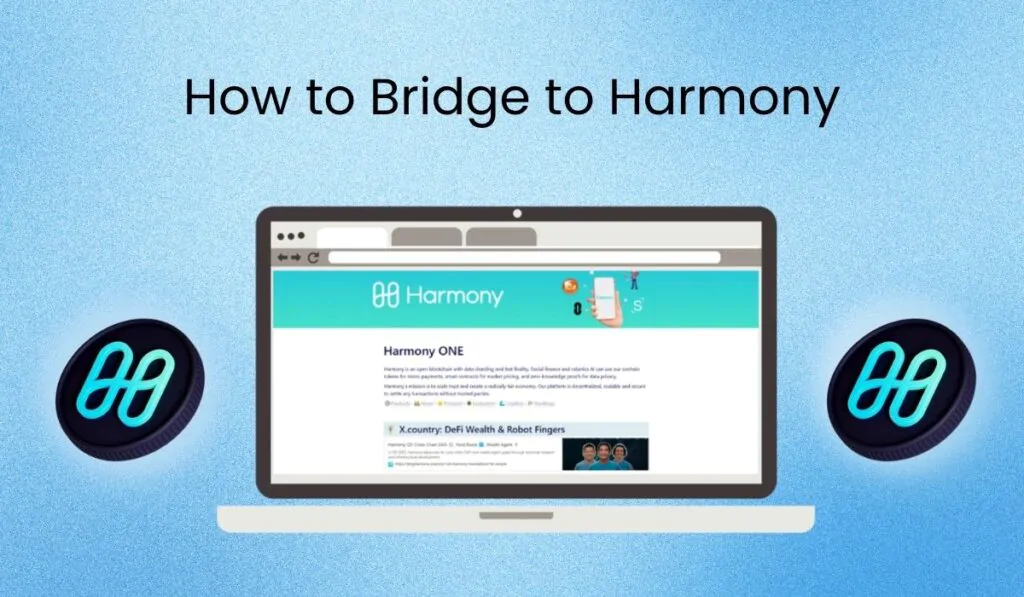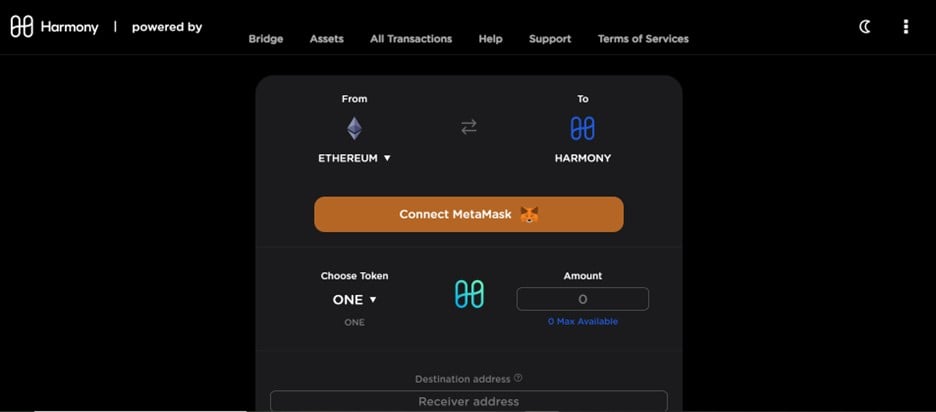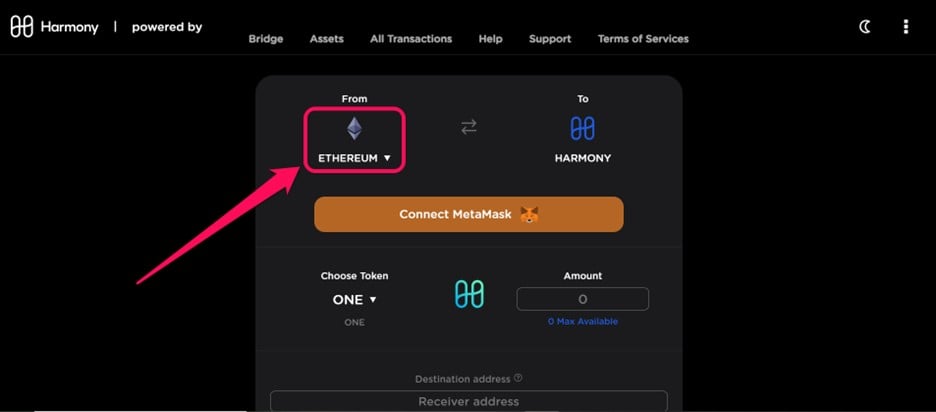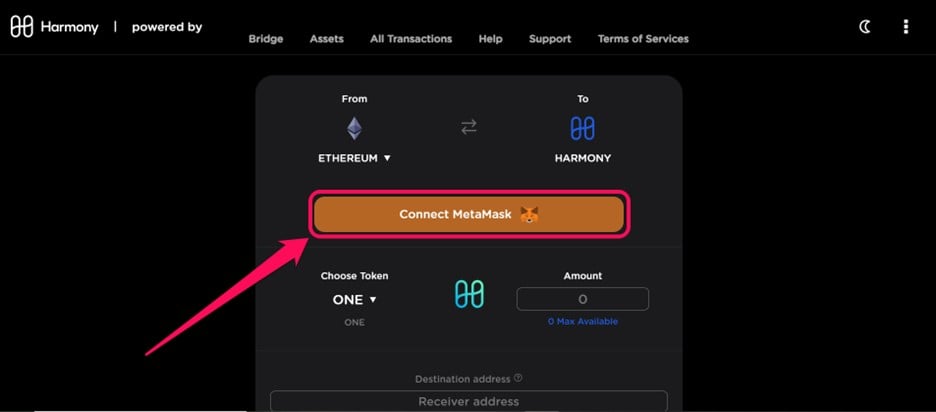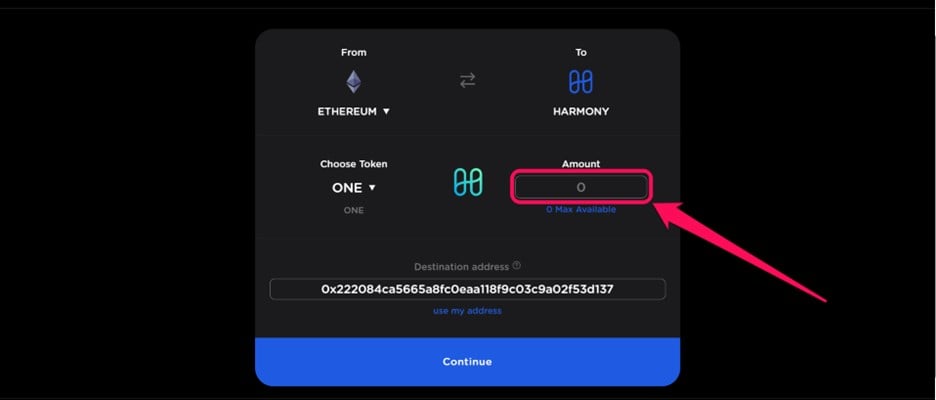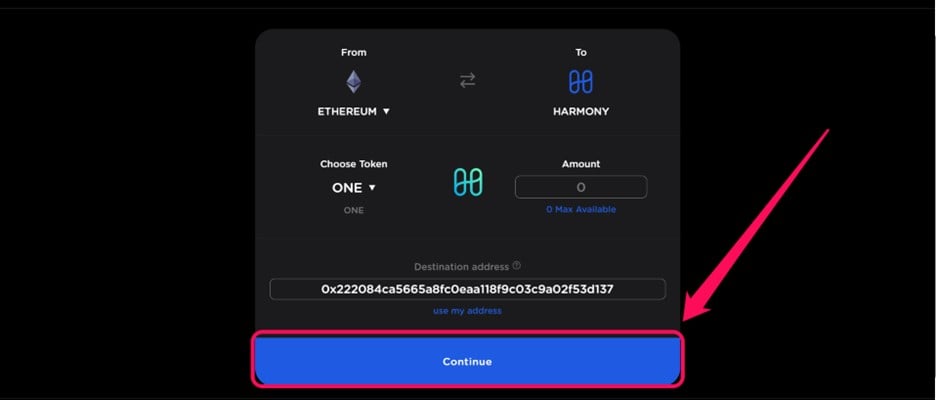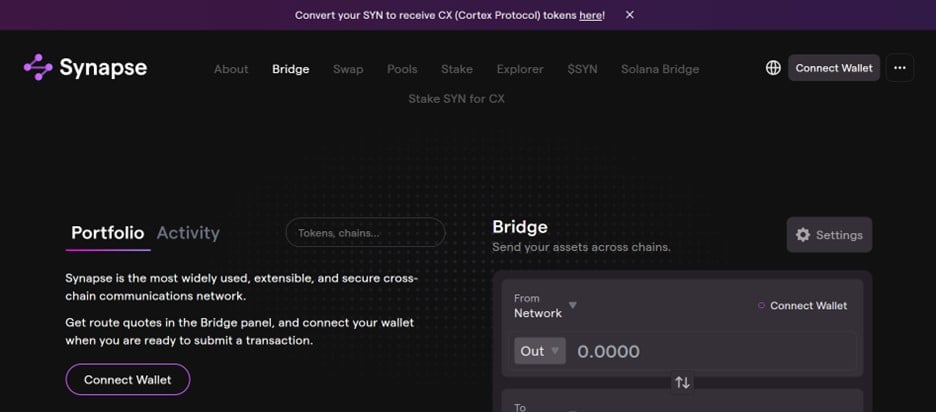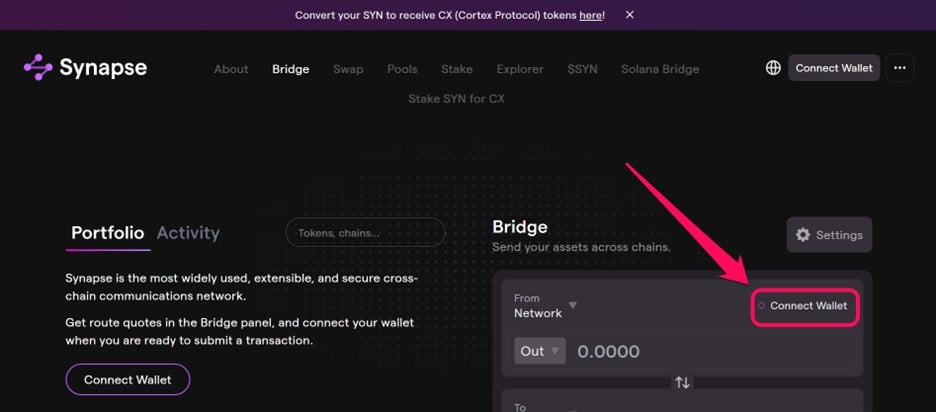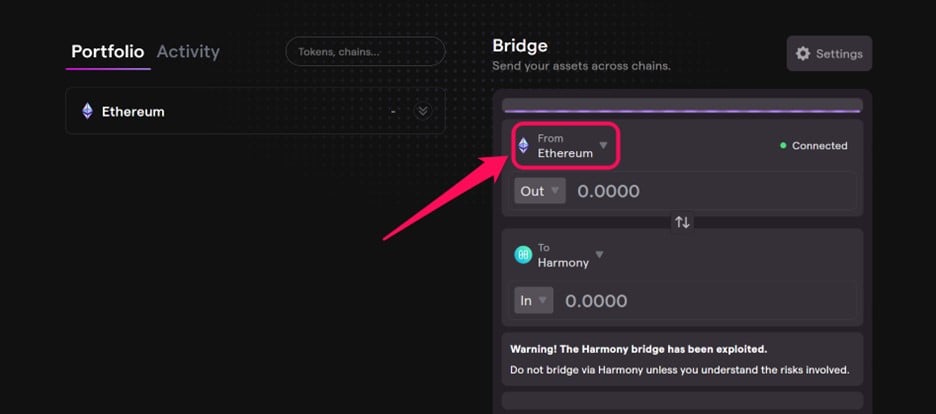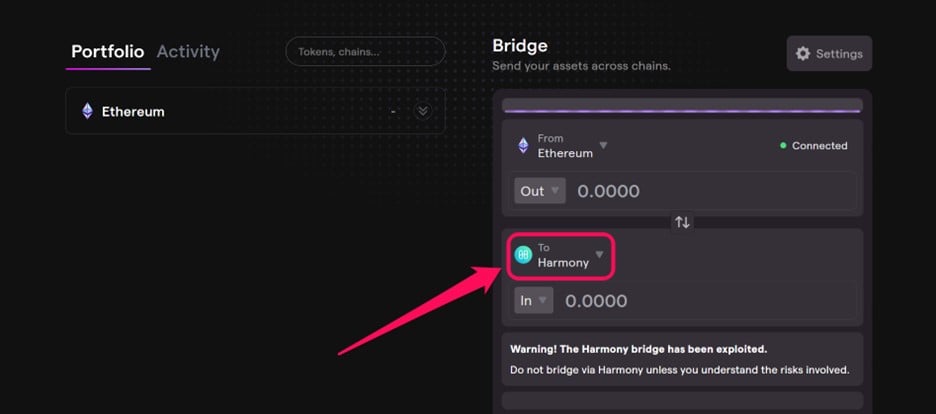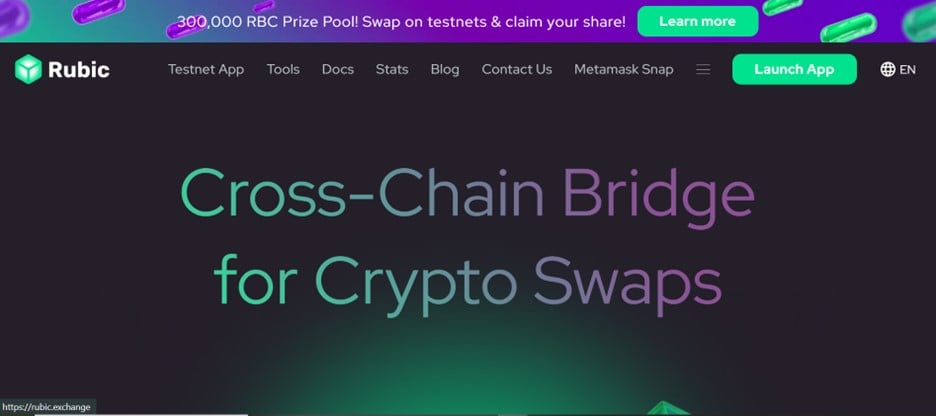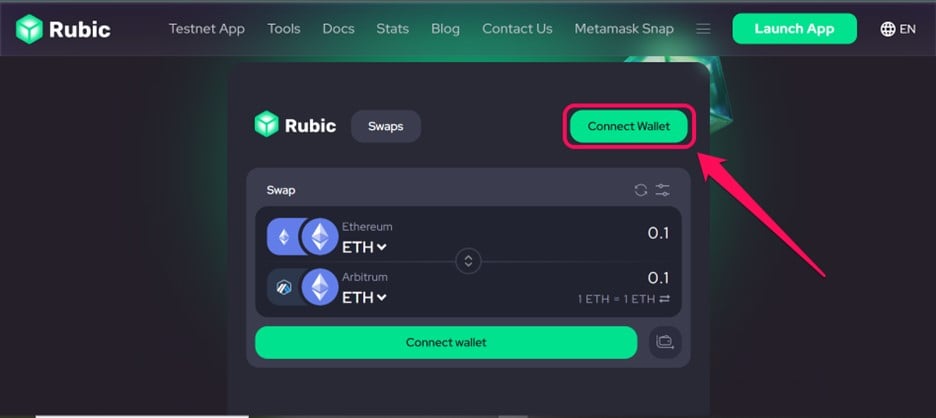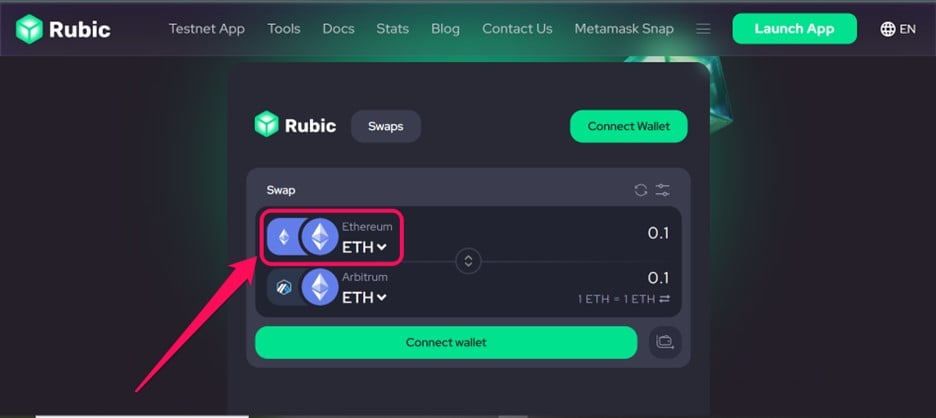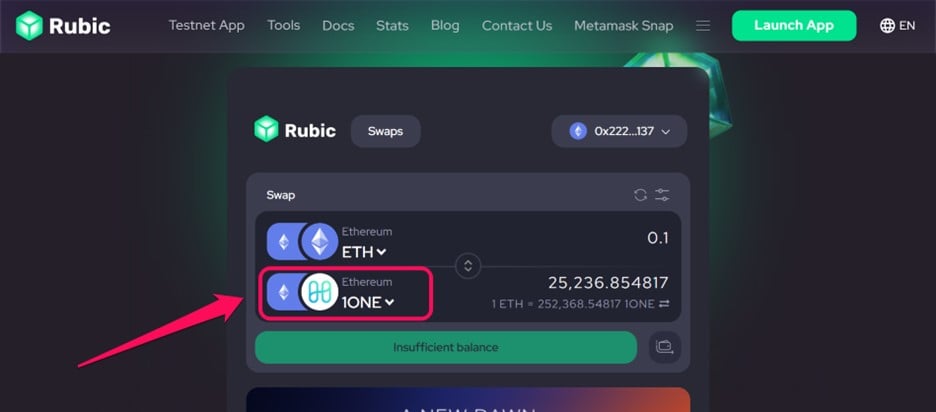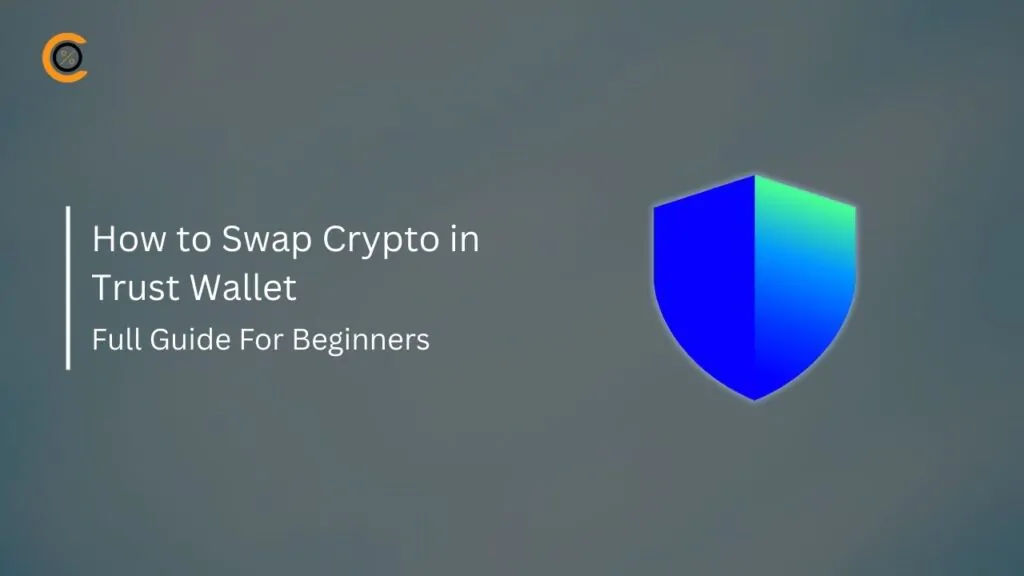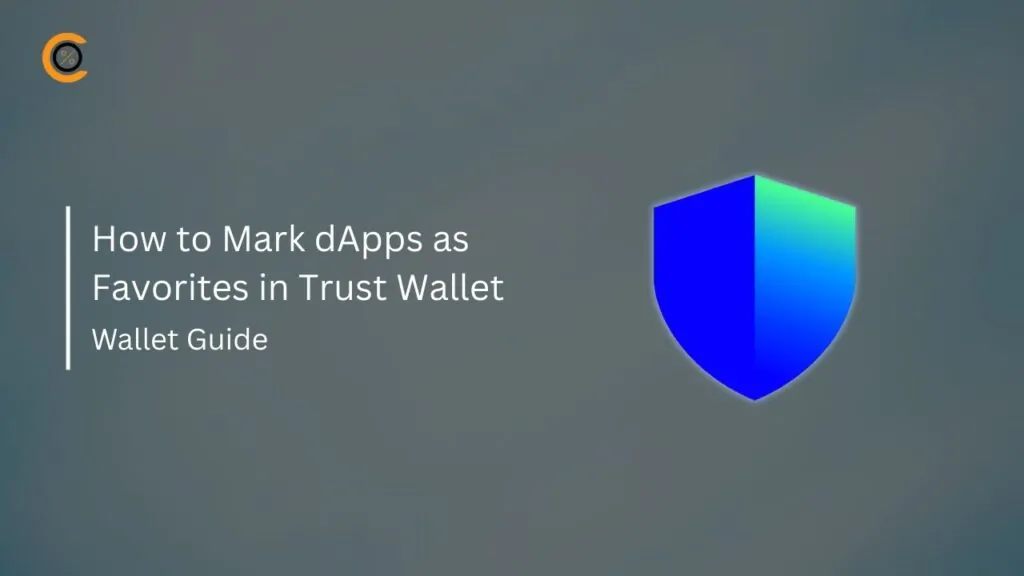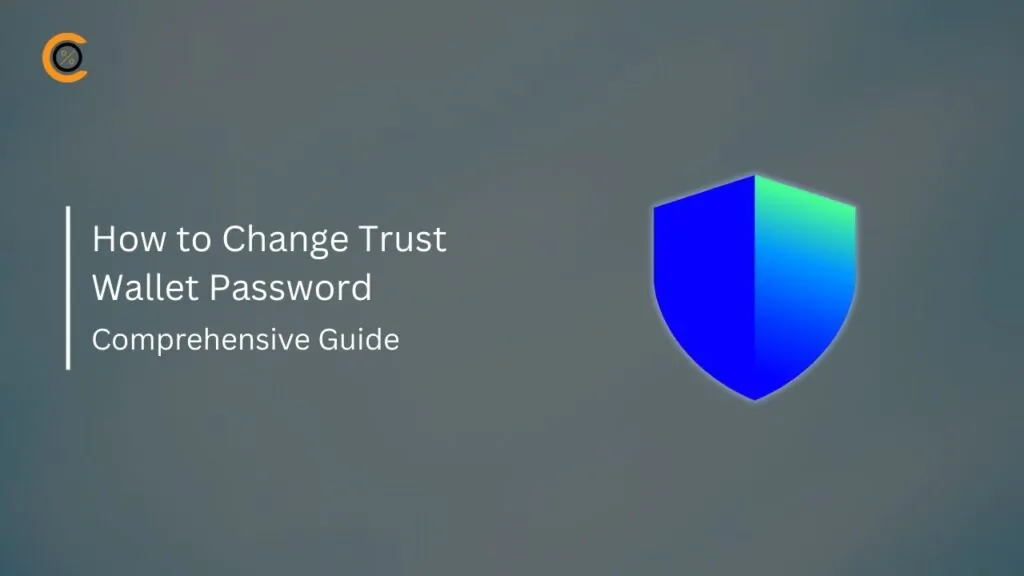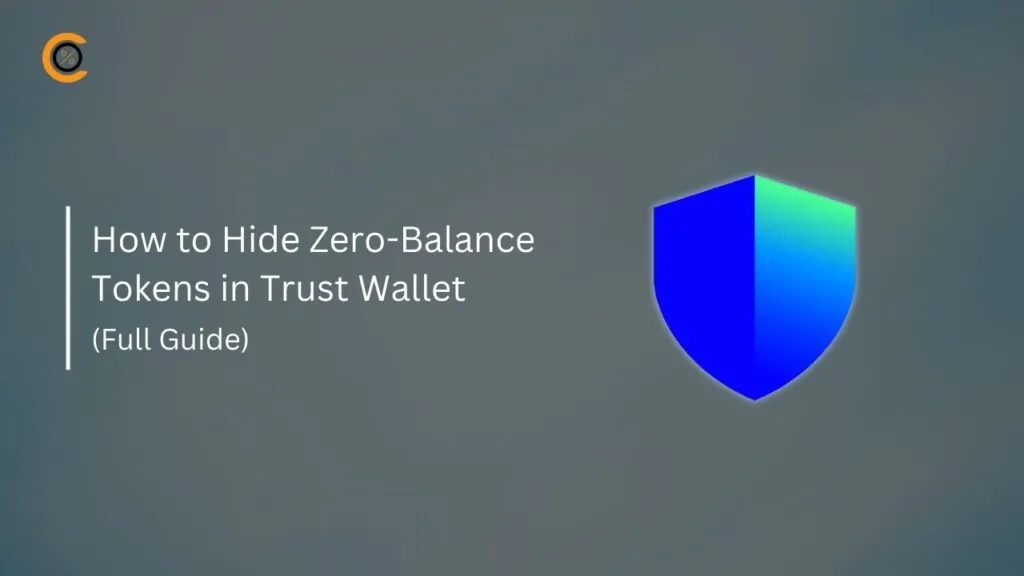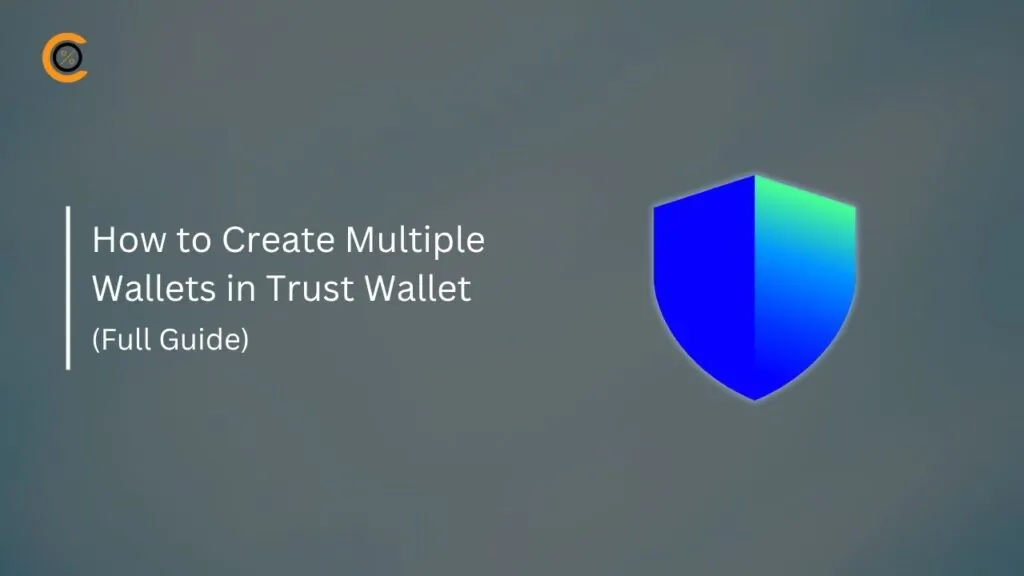Harmony (ONE) network is among the few blockchains offering fast and cheap transactions in the evolving crypto sector. Its perks, including seamless dApp access, have attracted several investors to explore the blockchain. A quick and reliable way to get started with Harmony is by bridging your crypto assets from various networks to ONE. This process, however, can be confusing, especially for new crypto users. This article explains all you need to know and the steps to bridge to Harmony (ONE).
Can I Bridge to Harmony (ONE)?
Yes, you can bridge assets from networks like Ethereum, Binance, Arbitrum, etc., to Harmony. Several dApps and bridge protocols facilitate cross-chain transfers, enabling users to transfer tokens seamlessly between networks. So, to bridge to Harmony, you need to find a reputable cross-chain bridge protocol to transfer the tokens.
Additionally, you will need to make a few preparations, including setting up your wallet and holding the bridging fees to complete the process. You should be cautious when selecting a cross-chain, especially if you want to avoid excessive spending. Fees vary between bridges, which include bridging and gas fees paid using the ONE token.
Also, using bridge aggregators can be unreliable and costly; therefore, vet them properly before making a decision. Bridging to Harmony isn’t as straightforward as it is with other, more mainstream networks. We have simplified the process for you in this step-by-step guide; however, please review the key points to keep in mind before you bridge to Harmony.
Key Things to Keep in Mind:
Here’s a quick breakdown of the crucial considerations to make when you want to bridge to Harmony (ONE):
1. Gas Fee:
Bridging across networks is not free. You must pay certain charges, including bridging and gas fees. So, you need extra ONE tokens to cover standard Harmony bridging fees and other transaction fees set by your selected bridge. Ensure you keep additional money for gas fees when bridging.
Loading...
Rank #Token Symbol
-
All-Time High
-
Current Price
-
Market Cap
-
Total Supply
-
2. Wallet:
To interact with cross-chain bridges for the Harmony network, you must set up a Web3 wallet. Harmony-supported options (e.g., Metamask) are ideal wallets for bridging to Harmony. The wallet lets you send, receive, and manage transferred tokens within the Harmony blockchain. You’ll need to link your wallet to the bridge, so having a web3 wallet is necessary.
Blockchain Wallet Finder
3. Add Support to Wallet:
Several wallets, including Metamask, do not initially host the Harmony network. Hence, if you haven’t already done so, you must add Harmony to Metamask or your preferred wallet. Once these steps are completed, you’re ready to transfer your tokens to the innovative Harmony (ONE) ecosystem.
How to Bridge to Harmony (ONE)
Numerous cross-chain bridges are available to send tokens over to the Harmony network. However, choosing the best one depends on your needs, budget, and the network you’re bridging. Here’s how to bridge to Harmony (ONE) using some of the most reliable and cost-effective bridges available:
1. Using Harmony Bridge
Harmony Bridge is the official cross-chain bridge explicitly developed for the ONE network. Powered by Layer-Zero, the bridge facilitates the exchange of assets between blockchains through your public digital wallet address. The bridge supports bridging from five major chains: Ethereum, Binance, Arbitrum, Base, and Linea. Follow the steps below to transfer assets to Harmony using the official Harmony bridge:
Step 1: Visit the official Harmony Bridge via your preferred browser.
Step 2: Select the network and token you want to bridge to Harmony using the dropdown button located below the “From” section.
Step 3: Connect your MetaMask wallet using the “Connect MetaMask” button.
Step 4: Enter the amount of tokens you intend to send to Harmony.
Step 5: Click Continue to initiate the bridge action. Review the fee and transaction details, then tap Confirm to finish.
2. Using The Synapse Bridge
Synapse is one of the most reliable bridge protocols supporting cross-chain transfers to Harmony. It is fast, and its well-structured interface makes bridging a lot easier. Synapse offers a wide range of networks, simultaneously supporting up to 11 high-demand chains. The fees are low, and you can receive 0.1 ONE token to get you started. Here’s a step-by-step guide for bringing to Harmony using the Synapse bridge:
Step 1: Head to the Synapse bridge website.
Step 2: Connect your wallet to the bridge.
Step 3: Choose the blockchain you want to bridge from and select the cryptocurrency you want to send.
Step 4: Set the destination network to Harmony and choose ONE or any other cryptocurrency you want to receive.
Step 5: Review the transaction details and proceed if you’re satisfied with the displayed conditions (fees, estimated delivery time, etc).
3. Rubic Exchange
Rubic is a cross-chain swap aggregator that supports over 90 blockchains, including Harmony (ONE), and aggregates numerous DEXs and bridges. This aims to provide optimal rates and a seamless user experience for cross-chain swaps to the Harmony network. Follow the step-by-step guide to bridge your asset from any chain to Harmony (ONE) using Rubic Exchange:
Step 1: Open your browser and navigate to the Rubic Exchange website.
Step 2: Scroll down to connect your wallet to the bridge.
Step 3: Choose the blockchain you want to bridge from and select the cryptocurrency you want to send.
Step 4: Set the destination network to Harmony (ONE) and choose the token.
Step 5: Review the transaction details and select the suitable options displayed (check fees, estimated delivery time, etc).
Harmony (ONE) Bridging Fees
Bridging fees vary depending on the bridge, the transferred tokens, and the current network conditions. Generally, Harmony bridging fees range between 0.05% and 0.8% on each transaction. Bridging fees are settled using the native token of the network involved. You may also need to pay destination network gas or processing fees (using ONE), and the amount varies depending on network congestion.
About Harmony (ONE)
Harmony is a decentralized, blockchain-based platform that provides top-tier digital management services. The network provides tools for creating, managing, hosting, and using dApps with maximum scalability and interoperability. Harmony also enables fast block generation, allowing it to process higher transition throughputs than Ethereum or similar networks. ONE is the multipurpose native token of Harmony, which facilitates payments, staking, and transaction completion on the network.
Bottom Line
Moving assets to Harmony enables you to enjoy faster, cheaper transactions, among other benefits that the blockchain provides. By following this step-by-step guide, you can efficiently bridge to Harmony (ONE) and enhance your experience within the ecosystem. Also, select a reputable bridge to ensure the security of your asset. Always double-check the transaction details to optimize your experience and protect funds.
FAQs
1. Where can I buy the Harmony ONE token?
You can trade (buy/sell) ONE on all exchanges where it is listed. Several centralized exchanges, including Binance, KuCoin, etc., list the token.
2. How to stake Harmony ONE
Open your Harmony wallet, click ‘staking’, then ‘Deposit for staking’. Next, select the validator. Each validator has its expected income and fee. Choose the amount of ONE you want to stake and confirm the order.
3. Is Harmony ONE an ERC20 token?
Yes, the Harmony ONE native token is an ERC20 asset, developed to work perfectly on the Ethereum blockchain network.
4. When was the launch of the Harmony ONE mainnet?
Harmony launched its mainnet in June 2019 and opened staking in May 2020. The team’s goals in 2020 include cross-border utility, decentralized development, and auditable privacy
5. Does Harmony ONE have a future?
According to multiple expert analyses, in 1 to 3 years, the Harmony (ONE) price could reach $0.175 to $0.275 in a bullish market scenario if certain favourable events are triggered in the crypto market. So, yes, Harmony is a good token to watch out for.


